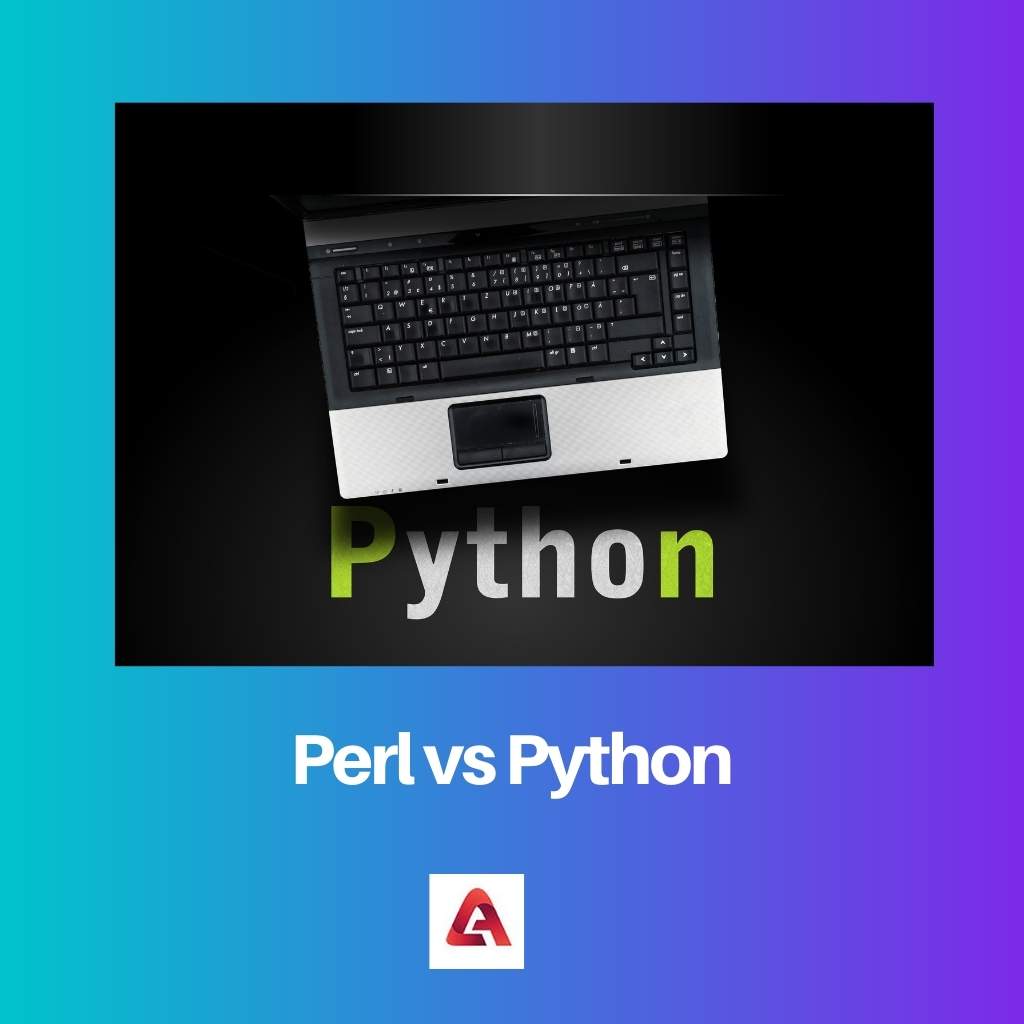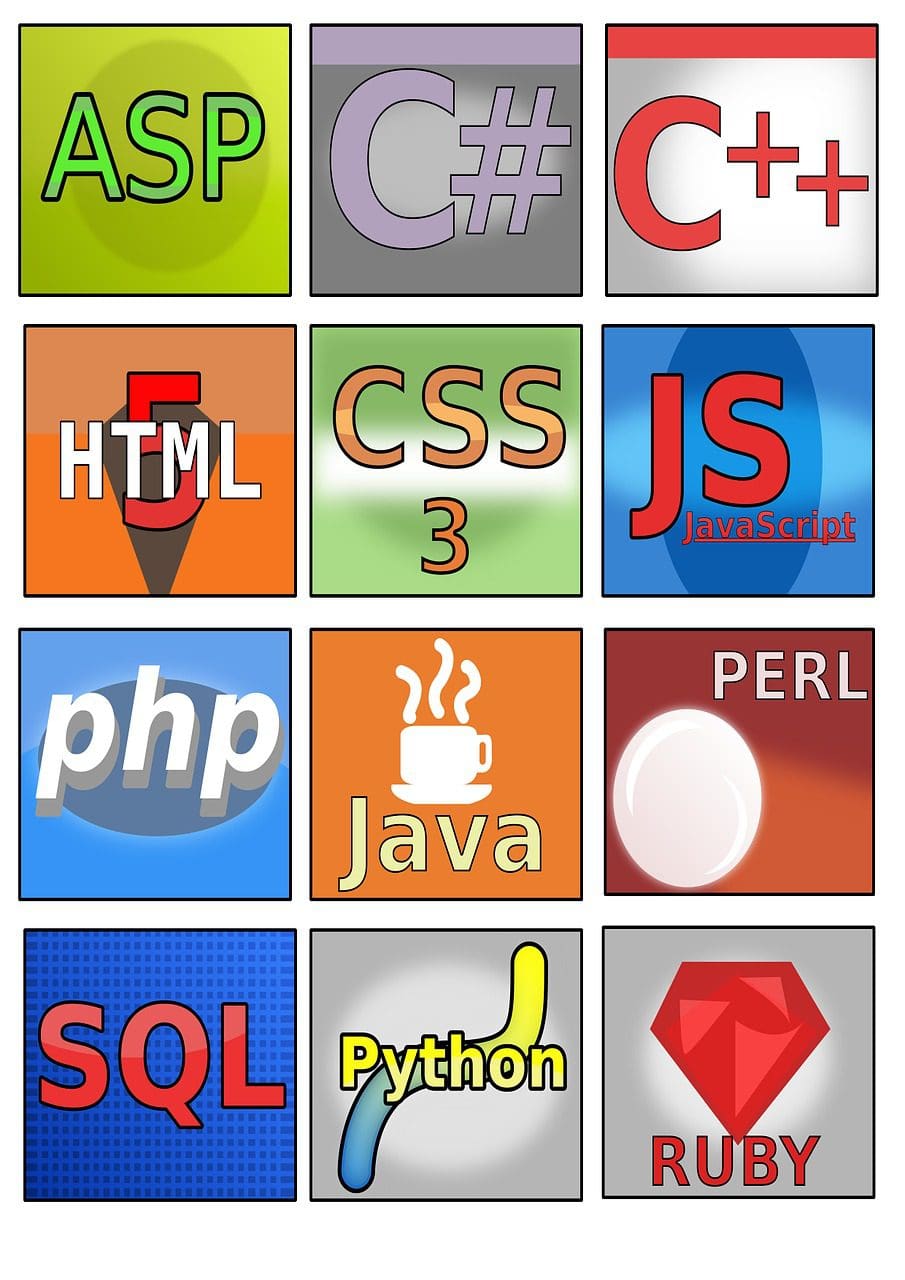In the field of computer science, we have an ocean of programming languages that can be used for various purposes. A few of these programming languages are Java, C++, Python, Perl, PHP, and many more.
Key Takeaways
- Python features easy-to-read syntax, making it beginner-friendly, whereas Perl has a more complex syntax.
- Python enjoys widespread data science and machine learning use, while Perl excels in text processing and manipulation.
- Perl employs regular expressions extensively, whereas Python uses libraries to achieve similar functionality.
Perl vs Python
Perl is a high-level programming language used for script or text manipulation, report generation and file scanning. It derives features from C and Shell scripts. Python is a widely used programming language used for object-oriented programming and data structure design. It is an accessible language that is easy to learn and understand.

The Perl language is a derivative of C++ and shell scripting, so it is easier for people, especially those used to C and C++. It is made use of in applications like networking and GUI designs.
However, the difference lies in the fact that its design philosophy revolves around the readability of code.
Thus, this language breaks away from the norm of large construction of codes, which can be oftentimes confusing and frustrating to read.
Comparison Table
| Parameters of Comparison | Perl | Python |
|---|---|---|
| Whitespaces | Perl does not care about whitespaces as its syntax doesn’t depend on whitespaces. | Python uses whitespaces to deal with syntax so any misuse of proper whitespace will result in a syntax error. |
| Purpose | It is a general-purpose programming language and it is most commonly used in report generation and file scanning. | It is a general-purpose programming language used for object-oriented programming and data structure design. |
| File extension | Perl scripts use a .pl file extension. | Python scripts use a .py file extension. |
| Statement Block | Perl uses braces for defining statement blocks and dividing them into logically sound blocks. | Python uses indentations for defining statement blocks and defining them properly. |
| End of Statement | At the end of every statement in Perl, a semicolon is necessary. | Ending a statement with a semicolon is not necessary. |
What is Perl?
Perl is a group of two high-level programming languages used for general-purpose coding. It is interpreted and a dynamic programming language.
It is available on most platforms, be it Windows or Linux, and it has been licensed under the GNU general public Licence. This has been developed by implementing C.
Perl is procedural, which means every variable, expression, assignment statement, and brace delimited block are all individually procedurally called during a program call.

What is Python?
Python is another high-level general-purpose programming language, but what makes it unique is its design philosophy. The philosophy behind its design is emphasized by code readability.
Python is a very easily readable language; hence, its formatting is aesthetically pleasing. To increase the readability of the language oftentimes, English keywords where other languages use punctuation.
Many of its features make it a very accessible programming language and can be quite easily learned in comparison with C or Java, which requires a considerable amount of time to learn to use properly.

Main Differences Between Perl and Python
- Perl uses braces as delimiters, while Python helps newcomers to take on problems easily through a unique indentation system which is used as delimiters.
- Perl is used to manage networks and in CGI, but Python is used in artificial intelligence and data science.


The comparison between Perl and Python in this article is well-reasoned and insightful. It does a great job of elucidating the differences in syntax and applications.
The detailed comparison between Perl and Python offers valuable insights into the syntax and applications of both programming languages. The examples provided are very helpful.
The informative article effectively differentiates the unique features of Perl and Python, allowing readers to gain a deeper understanding of these programming languages.
A well-structured comparison, which makes it easier to comprehend the key differences between Perl and Python. The examples assist in solidifying the understanding of both languages.
This article provides a clear and thorough comparison between Perl and Python, allowing readers to understand the differences between both programming languages. The breakdown provided is very helpful.
The thorough comparison between Perl and Python is meticulous. It’s clear that these two languages have their unique features, and the article effectively details these differences.
A very informative read. The comparison between Perl and Python is well-structured, allowing readers to easily comprehend the characteristics of both programming languages.
The detailed comparison indeed sheds light on the differences between Perl and Python and also highlights their applications in different fields.
The breakdown of the differences between Perl and Python is informative and provides a comprehensive understanding of the unique syntax and applications of each programming language.
The detailed comparison effectively illustrates the key differences in syntax and applications between Perl and Python, aiding readers in understanding these programming languages better.
The detailed analysis of Perl and Python highlights their unique features and differences. The article does a great job in providing clear examples to support each point.
The article provides a comprehensive and detailed comparison of the syntax and usage of Perl and Python. It effectively illustrates the characteristics that set these two programming languages apart.
The thorough comparison between Perl and Python is very enlightening, offering valuable insights into the distinctive features of each programming language.
The clear comparison between Perl and Python is well-executed in this article. The thorough explanation enhances the understanding of the distinctive features of both languages.